How we study the Sun and its wind
How the Sun drives space weather, affects life on Earth, and why we invest billions in studying it.

Our Sun formed 4.6 billion years ago from a gigantic collapsing cloud of hydrogen gas and dust. The leftover material from its formation—a mere 0.2%—evolved into the solar system we know today. The Sun's enormous gravity, about 28 times stronger than Earth’s, produces temperatures of 15 million degrees Celsius at its core, and substantial pressure to fuse hydrogen to helium. This process releases staggering amounts of energy in the form of light and heat.
Why research the Sun?
The Sun’s heat and light makes life on Earth possible, which would otherwise be a cold, deserted planet. It drives many of Earth’s phenomena, from providing energy for plants and algae that form the basis of many food chains to ocean currents and weather patterns that change with seasons.
We study the Sun to learn about the universe at large. The Sun is the only star we can examine up close. Knowing what mechanisms drive it gives us insights into processes in and around other stars, including the energetic supernovae and black hole kind. Learning how the Sun affects hundreds of billions of kilometers of surrounding space teaches us about how its activity affects Earth, and about the possibilities of life on planets around other stars.
The Sun is active
Space isn’t actually empty. Earth and the planets in our solar system lie in the extended atmosphere of our Sun. Our star doesn’t just emit light and heat but also an incessant stream of charged, energetic particles called the solar wind. Like an inflating balloon, the solar wind carries the Sun’s magnetic field well beyond Pluto. We can see the beginning of the Sun’s extended atmosphere, the corona, during a total solar eclipse.
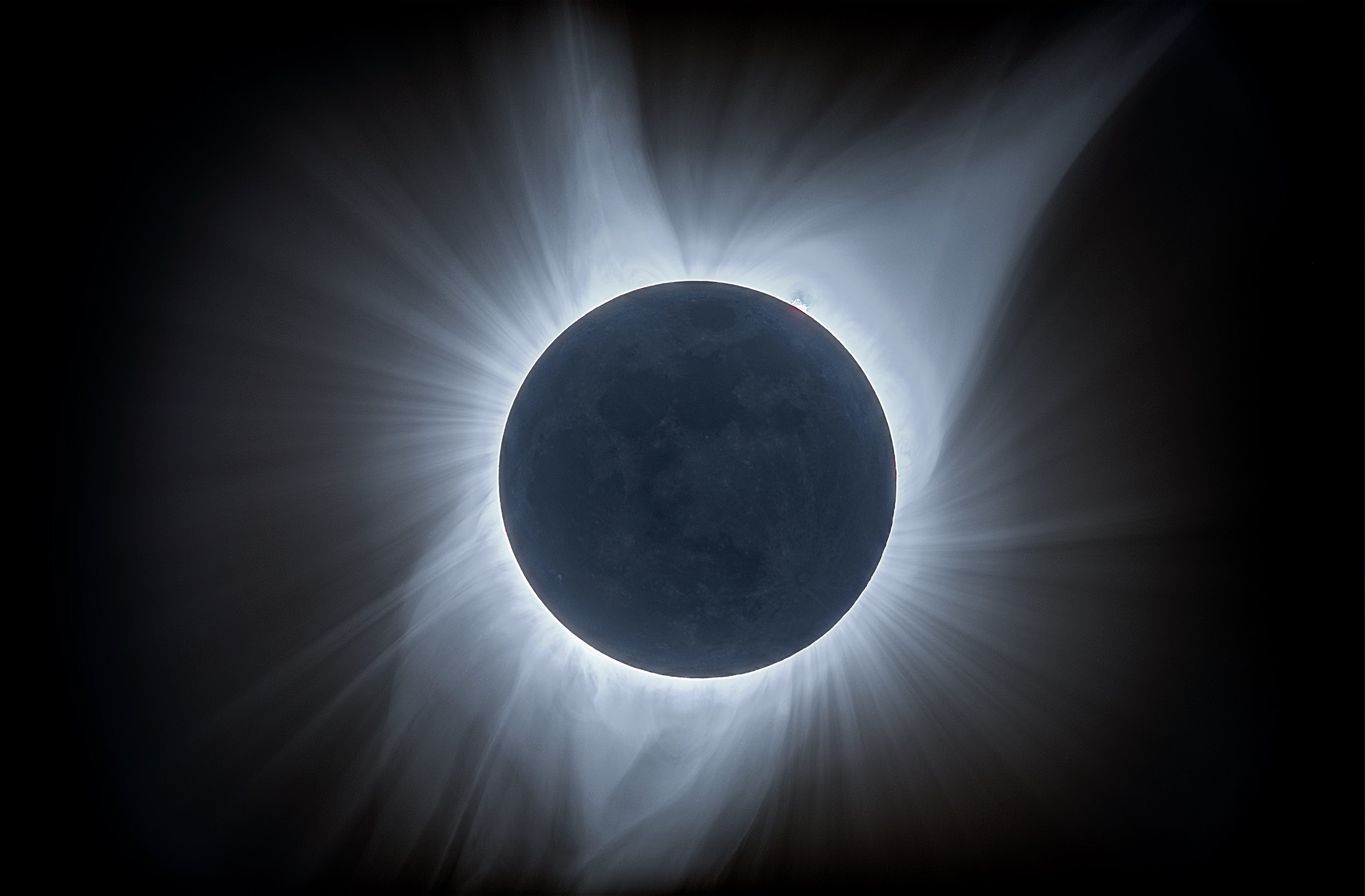

Solar wind races through the solar system at no less than hundreds of kilometers per second, slamming everything in its way. It strips away atmospheres of planets like Venus and Mars, and causes comets to develop ion tails that follow its direction.
When the solar wind reaches Earth, our magnetic field largely deflects it, protecting us from its harmful radiation. Sometimes when the solar wind is slightly more intense, some of its particles pierce through and reach Earth’s atmosphere, creating beautiful glowing auroras. But a more vicious solar wind can wreak havoc.
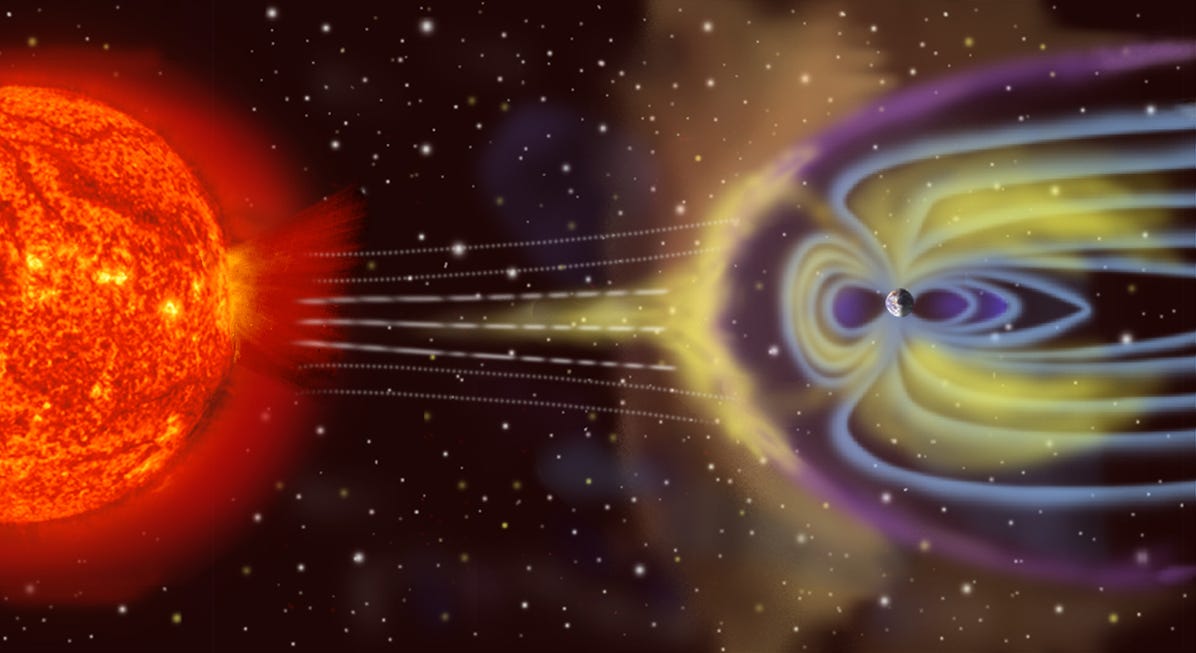
From August 4 through 7 in 1972, the Sun blurted out several bursts of flares right between the Apollo 16 and 17 missions to the Moon. Had the astronauts been in lunar orbit or on the surface, they could’ve faced damaging levels of radiation. This could, in turn, lead to increased cancer risk. As we prepare to send astronauts on much longer Moon missions and beyond, we’ll need to protect our explorers from such flaring events as well as “solar energetic particle events” that reach Earth in hours.
What are coronal mass ejections?
The Sun’s deadliest eruptions, called coronal mass ejections, release billions of tons of material in space, turning solar wind into solar storms. In 1859, 1882, and 1921, particles from the most intense of these reached all the way to Earth’s surface, causing telegraph services to stop working, initiating fires, and even delivering fatal shocks to telegraph operators.
If the Sun emits a coronal mass ejection of such scale today, it’d be even more catastrophic. It can damage satellites, which we increasingly depend on, or our robotic explorers across the solar system, take down Earth’s power grids, disrupt communications, corrode pipelines, endanger astronauts, and more.

What are sunspots?
We know from hundreds of years of telescopic observations that the Sun’s level of activity is linked to sunspots, dark blotches above its surface that appear, grow in number and size, diminish, and go away when the Sun’s magnetic field flips roughly every 11 years. When the Sun has the most sunspots—which we still track by hand—scientists call it a solar maximum, as that is when solar storms are frequent. During a solar minimum, which last occured in December 2019, the Sun is quietest but scientists on Earth are buzzing with their predictions about the next 11 years.
A brief history of exploring the Sun with spacecraft
Soon after the Space Age began, we started sending spacecraft to better understand the Sun’s weather. Between 1965 and 1969, NASA launched Pioneer 6 through 9 spacecraft, which formed a ring of stations spaced approximately along Earth's orbit to provide warnings of incoming solar storms. NASA also put a 11,000-kilogram human-operated solar observatory on its first space station, Skylab, in 1973. It observed for the first time coronal mass ejections as well as coronal holes, colder regions of the Sun’s atmosphere that generate part of the solar wind.
Japan’s Yokoh satellite, launched in 1991, studied the Sun for an entire solar cycle in X-rays, where our star’s activity is more prominent compared to visible light. It discovered that a little understood “magnetic reconnection” process—tangling, breaking and reconnecting of magnetic lines—are what unleash a flare’s energy output of millions of atomic bombs.
Around the same time, the European Space Agency (ESA) and NASA’s joint mission Ulysses took a gravity slingshot from Jupiter to incline its solar orbit, and take the first measurements of the Sun’s poles. Its instruments showed that the poles emit a faster solar wind and larger magnetic waves than expected, opening a box of questions about the Sun’s magnetic field.
After decades of traveling through the solar system, NASA’s twin Voyager spacecraft crossed the Sun’s magnetic field bubble in the last decade, measuring its structure and transmitting valuable information about interstellar space. Both Voyagers observed a sharp increase in galactic cosmic rays past the Sun’s magnetic field, which protects us from the majority of this radiation.
The Sun watchers
In the last two decades, we have focused extensively on tracking the Sun’s weather. In 2006, NASA launched the twin Solar TErrestrial RElations Observatory (STEREO) spacecraft in the same orbit around the Sun as Earth, with each spacecraft leading and trailing Earth by up to 90 degrees. Their side views coupled with Earth-based or near-Earth observatories allowed us to track solar eruptions in 3D. Thanks to STEREO, NASA could also detect sunspots and eruptive features while they were developing on the Sun’s farside. We lost contact with STEREO-B in 2014 but STEREO-A continues to provide insights.
Launched in 2010, NASA’s Solar Dynamics Observatory (SDO) monitors the Sun in 13 different wavelengths, each highlighting particular parts from the surface to the corona. Combined with its observations of the Sun’s magnetic field, SDO gives scientists a complete picture of the Sun’s active regions to understand exactly how solar flares develop and erupt. Using this knowledge, scientists predicted 7 out of the 9 biggest solar flares in the last solar cycle, an increasingly handy ability as we explore more of the solar system, both robotically and with astronauts.
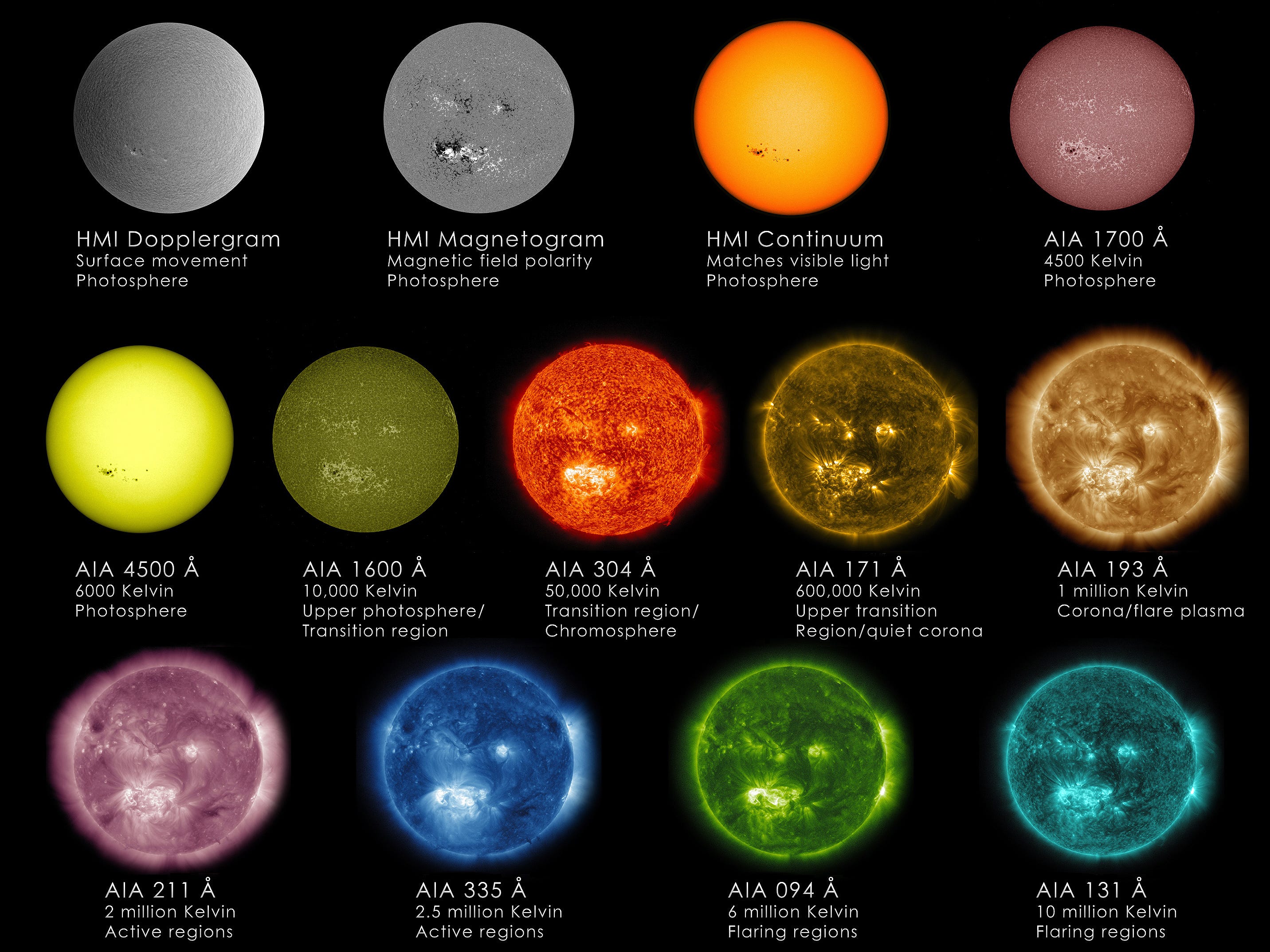
The ESA-NASA Solar and Heliospheric Observatory (SOHO) observatory has been observing the Sun uninterrupted for over 25 years since 1995 from Lagrange point 1, a region of space between Earth and the Sun where their gravities roughly cancel out. SOHO’s coronagraph blocks sunlight to create solar eclipses on demand to better see the corona and track solar eruptions. The coronagraph has proven to be so valuable that most future missions along the Sun-Earth line will be carrying one, including India’s Aditya-L1 solar observatory and ESA’s Proba-3 spacecraft launching in 2023.
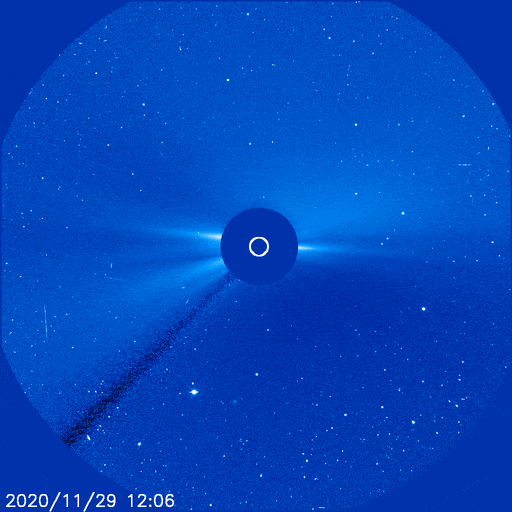
Probing the Sun’s atmosphere
In 2018, NASA launched the Parker Solar Probe to a solar orbit on arguably the most dangerous robotic mission ever—to study the Sun’s atmosphere by being in it.
The Parker probe is using Venus’ gravity to slow itself down and get close to the Sun. With every Venus flyby, the spacecraft is swinging deeper into the Sun’s corona so it can measure its properties, and face the young solar wind, which is turbulent and twisted unlike the smoothened flow near Earth. In 2025, the Parker probe will be just 6 million kilometers above the Sun’s surface—nine times closer in than scorching Mercury.
In its eight passes through the Sun’s outer corona so far, the Parker probe has already revealed intriguing features that the solar wind near Earth, or even Mercury, lacks. A key discovery has been confirming what the Ulysses spacecraft saw hints of—moving zig-zag spikes in the solar wind along which the magnetic field rapidly flips, like a wave traveling through a rope. Scientists think these “switchbacks” are fundamental to understanding how the solar wind originates and accelerates.
The Parker probe’s proximity to the Sun means it couldn’t carry imaging instruments. This is where the ESA-led Solar Orbiter mission, launched in 2020, comes in. The Solar Orbiter will image the Sun and huge swaths of its corona up close for the first time as well as measure properties of the solar wind particles. While its closest point to the Sun lies just within Mercury’s orbit—not as close as the Parker probe—the spacecraft’s complementary set of instruments will allow scientists to uniquely trace the solar wind particles to their root on the Sun’s surface.
One of the biggest fundamental mysteries both spacecraft intend to solve is why is the Sun’s corona much hotter than its surface. Scientists have been debating since the 1940s how the Sun’s atmosphere is heated to a million degrees Celsius while the surface remains a scant 6,000 degrees. This is why the Parker probe is studying the corona from within, and being as close to the source of the solar wind as possible. Scientists suspect the heating of the corona and the solar wind’s mysterious behavior are both rooted in the Sun’s complex, intertwined magnetic field. This is why the Solar Orbiter will make detailed maps of the Sun’s magnetic field on and below its surface.
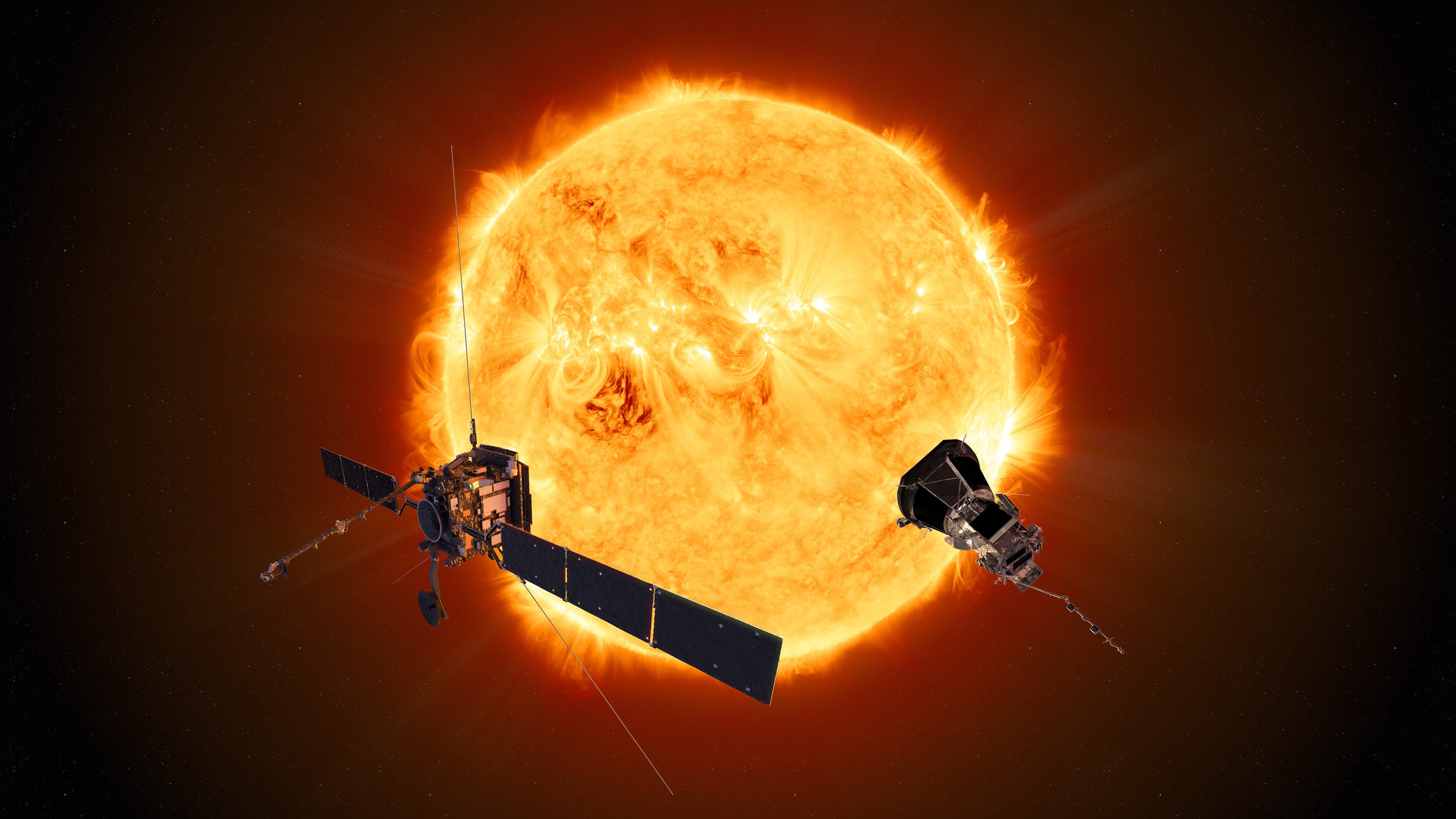
The Solar Orbiter’s initial close-up images of the Sun have already turned up a promising clue. It has seen numerous tiny solar eruptions across the Sun’s surface for the first time, each with temperatures around a million degrees Celsius, something which had only been predicted until now. Several scientists think these ‘nano flares’ play a major role in heating the corona. More images over the next few years should hopefully reveal more clues. The Solar Orbiter will later incline its orbit by 2025 to image the Sun’s poles up-close and measure the drastically different magnetic field and solar wind there.
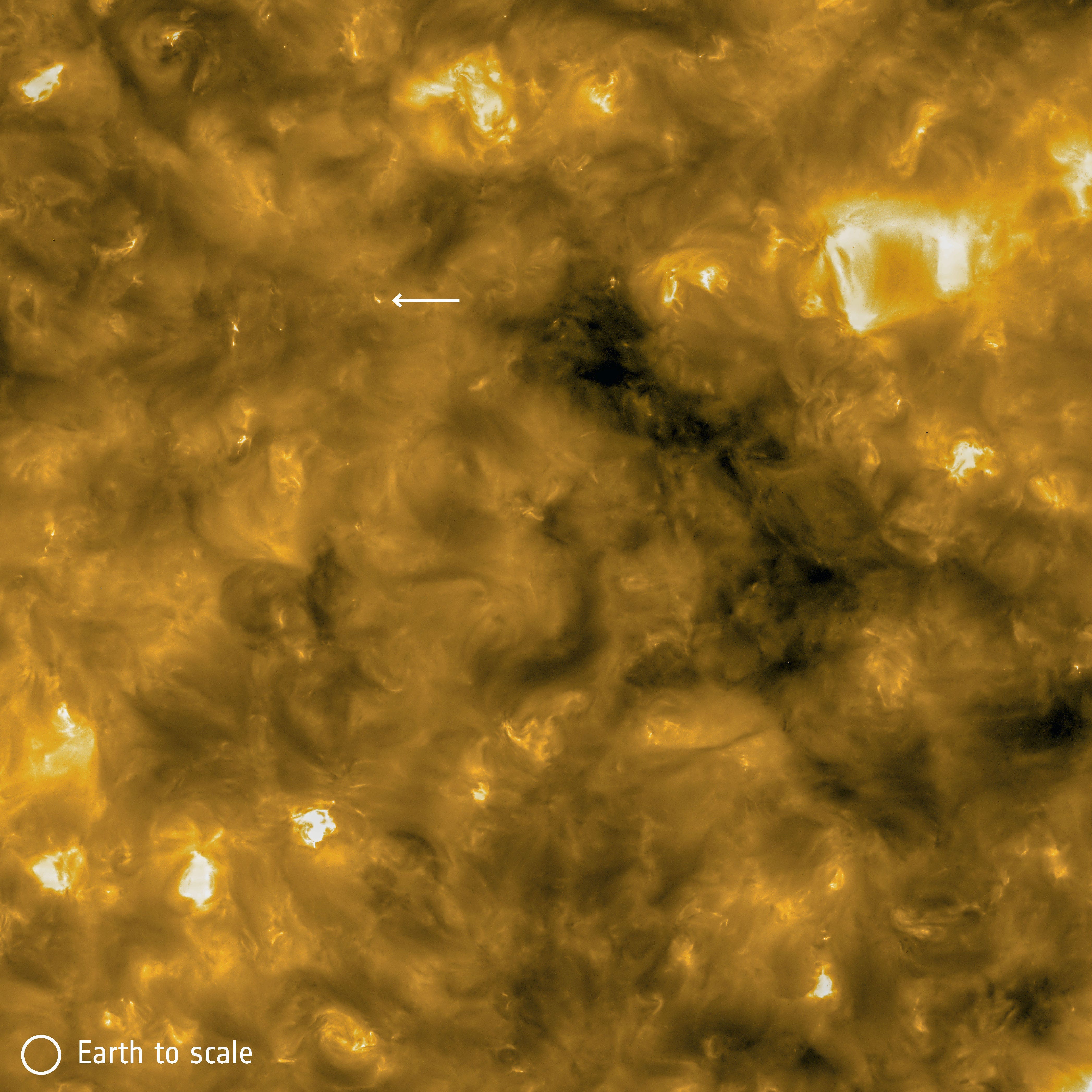
For the first time, we have a comprehensive view of the Sun’s activity and space weather, from observing the Sun’s full disk to measuring its corona to probing the solar wind near Earth and beyond. By the end of the decade, we hope to unravel quite a few fundamental mysteries about the Sun, and get better at dealing with damaging solar storms. In doing so, we’ll be able to better protect our civilization and safely explore the solar system.
Originally published at The Planetary Society.
→ Browse the Blog | About | Donate ♡
